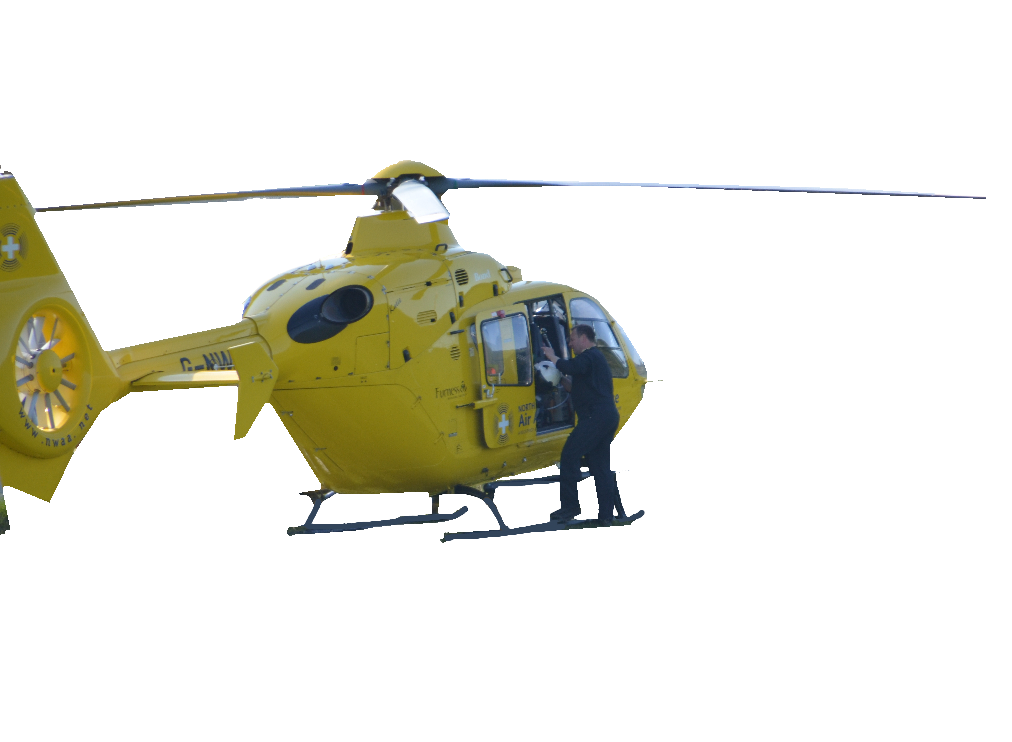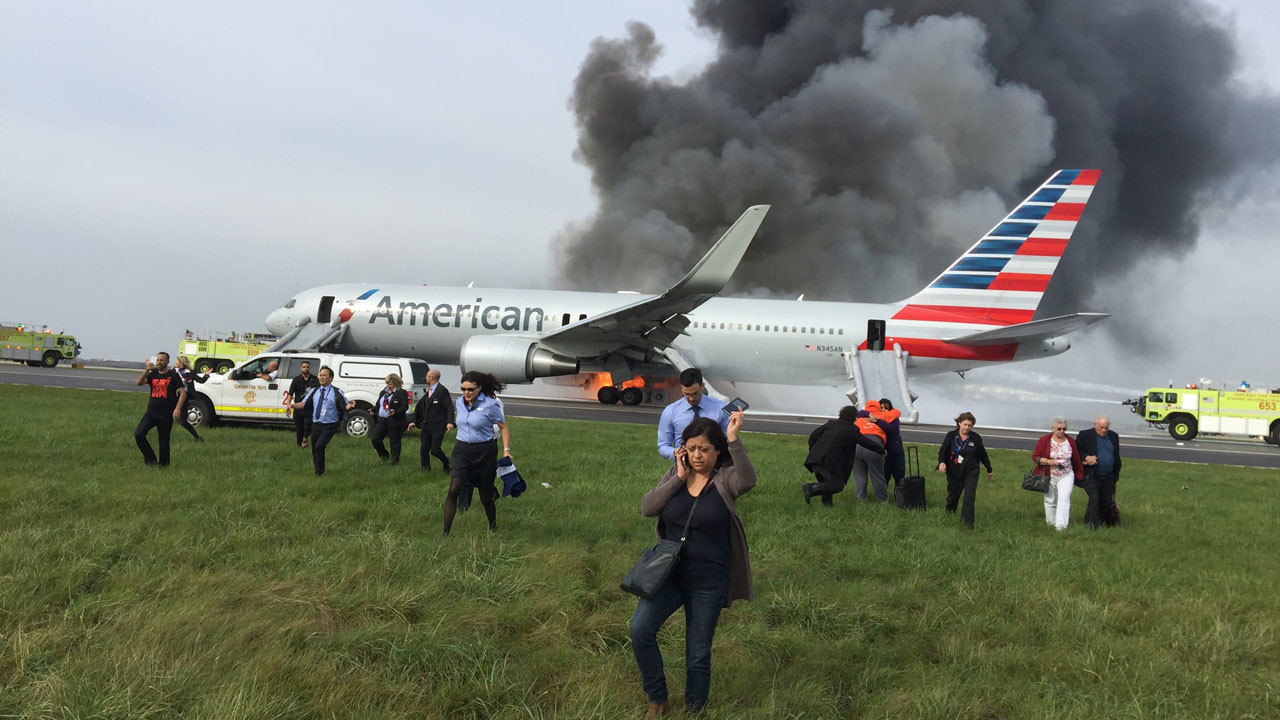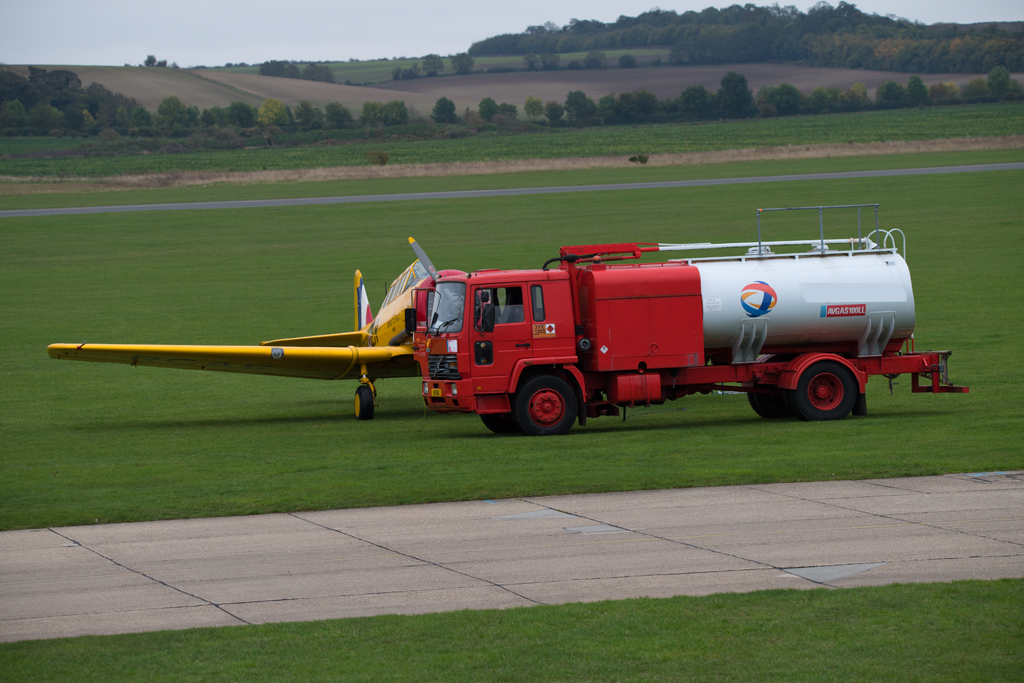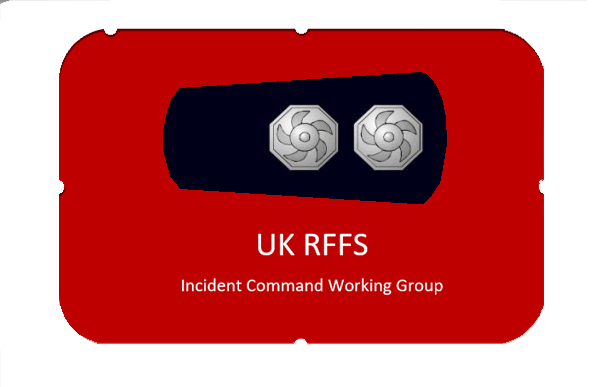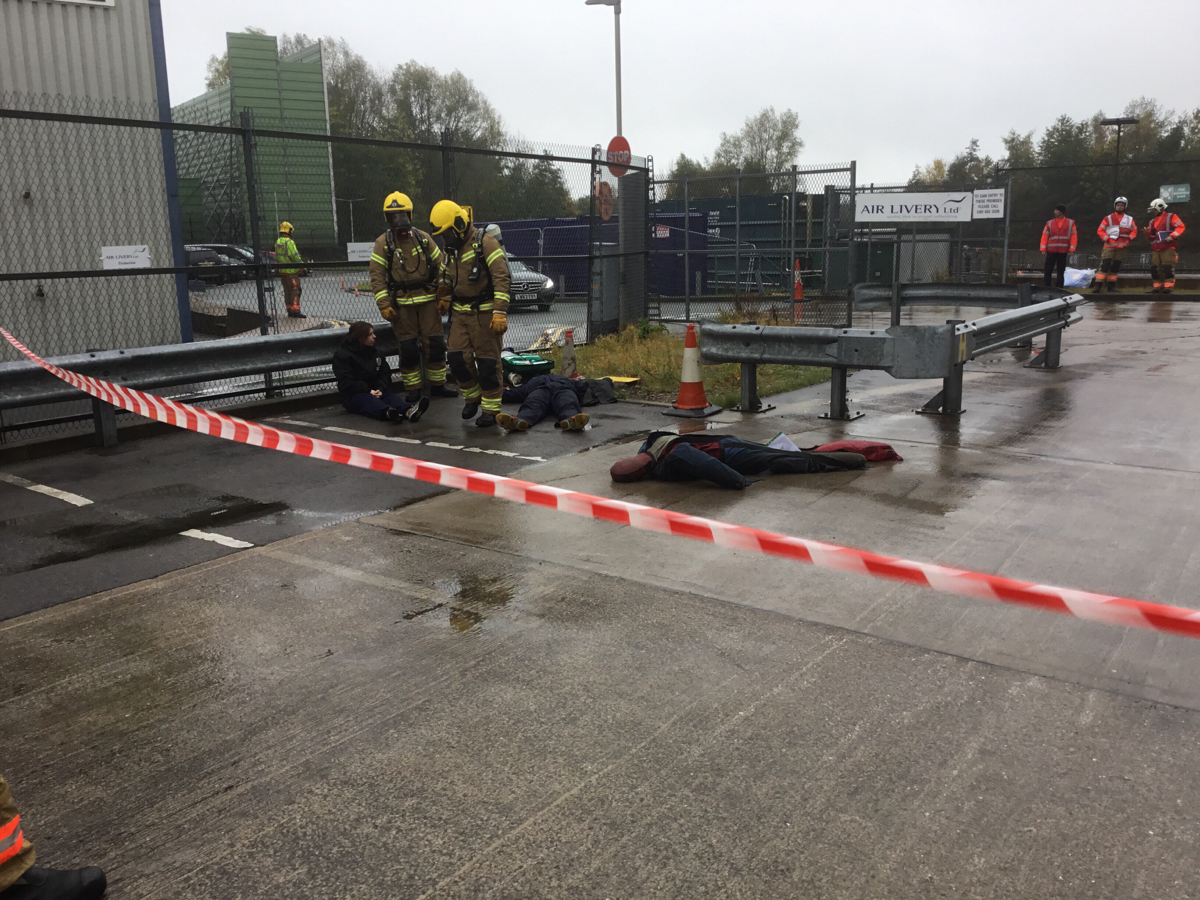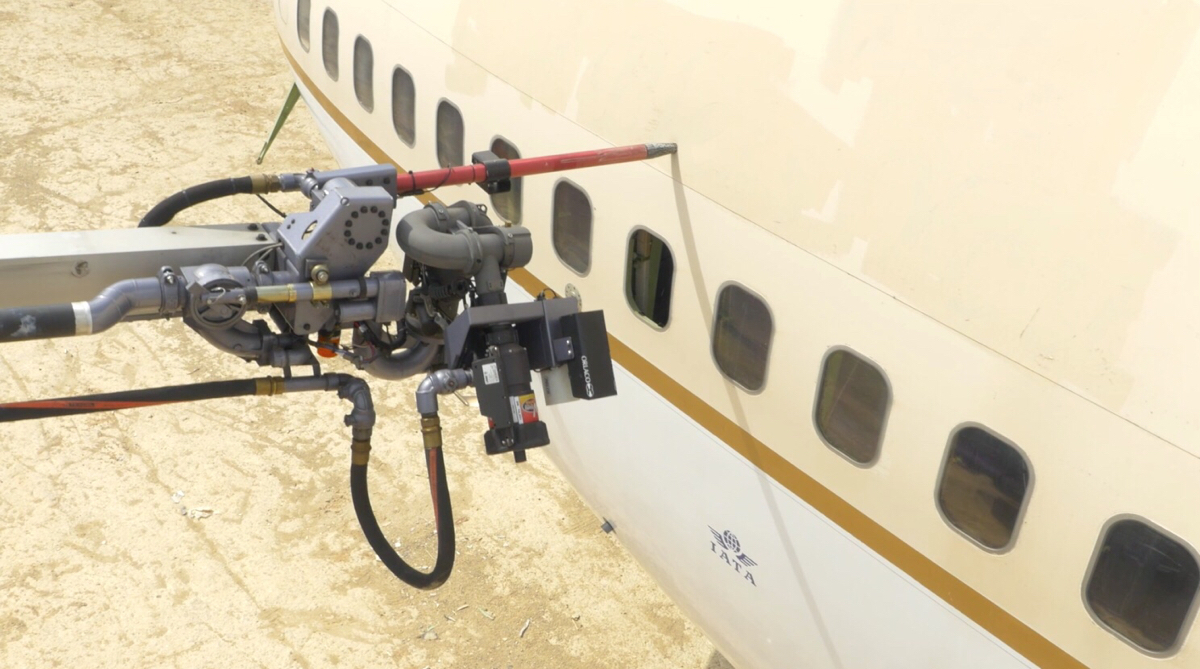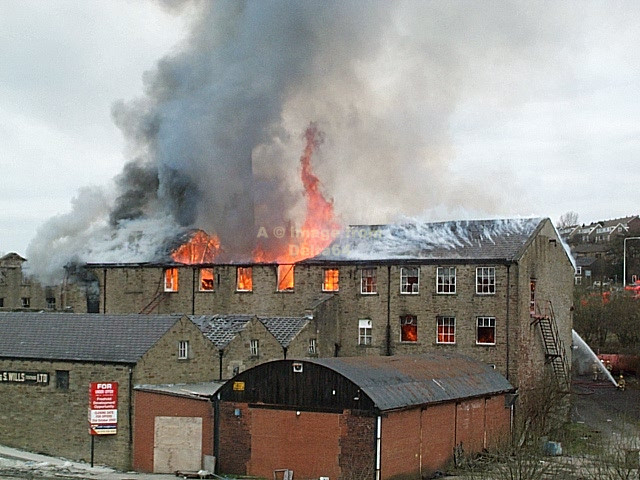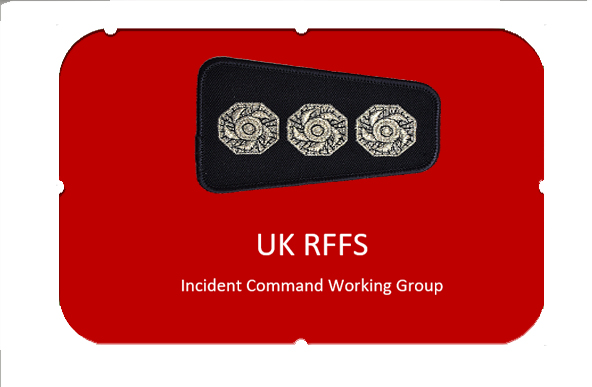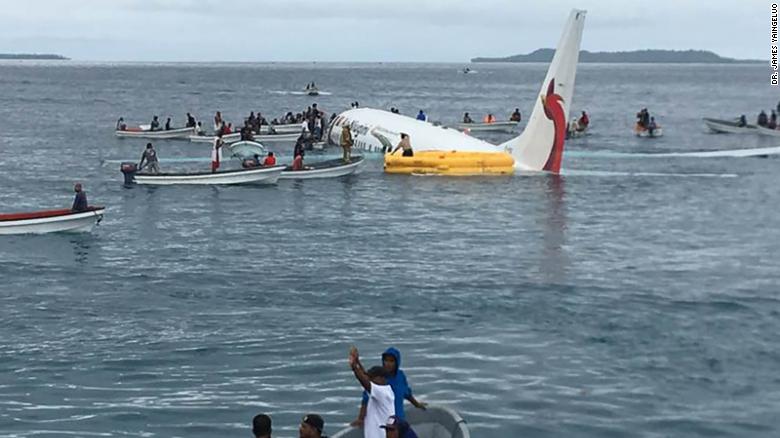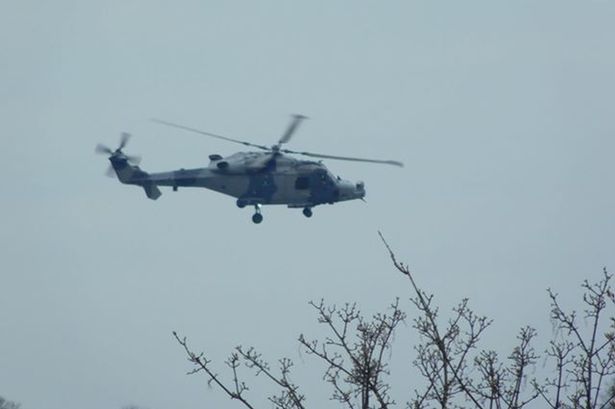Title Page
-
Document No.
-
Weather currently, detail any expected change if known.
- Fine and Sunny, warm to hot
- Wet and Windy, cold
- Dry and Overcast warm
- Rain moderate or light
- Windy
- Low visibility
- Showers
- Frost or Snow
-
Incident number if known or assigned
-
Conducted on
-
ARA completed by
-
Location
-
Location without auto locate, Runway number and incident location detail
-
This checklist provides a review to assist in identifying significant hazards for completing the Analytical Risk Assessment.
Having carried out the dynamic risk assessment and established a tactical mode, an incident commander should be aware of the immediate hazards, who is at risk and the control measures necessary to protect them. This initial assessment now forms the basis of a more detailed incident risk assessment known as an analytical risk assessment (ARA). This should be completed and recorded on all occasions when the recorded dynamic risk assessment is not sufficient.
Once completed this information should be communicated effectively with all relevant agencies attending the scene and the risk information shared to improve the situational awareness of all on scene. The person who completes the analytical risk assessment should be competent. They need to bring their findings to the attention of the incident or sector commander. These should include details of any hazards, risks and control measures. ref: Foundation for incident command NOG page 46.
Assessment of scene and review of actions taken and current conditions
-
Are you in a safe position for completing the ARA and wearing the correct level of PPE?
-
Confirm that the aircraft systems are closed down and isolated if possible
- Engines stopped
- Brakes Applied
- Ground Radar Isolated
- Engine Not Stopped
- Brakes not Applied
- Ground Radar not Isolated
- Not known at this time
- If any of the above isolation has not been done in an expected timescale, detail the reasons why in notes
- Engines at Ground Idle
- Engines at Ground Idle
-
if at this point the Helicopter rotors are still turning, consider the following
Approach the helicopter on foot in full view of the pilot(starboardside seat)from the downhill side where possible if rotor blades are turning.
Never approach or leave from the uphill side.
Isolate rotors ASAP.
Safe distance for appliances is 1.5x the radius of the blade disc.
Beware of down wash, carry all equipment below waist height, visors down and chin straps fastened.
Communications may compromised by noisy environment, use ear defenders and hangers to ensure safety instructions are clear -
Can you safely conduct a 360 degree safety survey of the incident scene
-
Is the incident likely to impact on areas away from the incident scene and transfer any risk to another location
- Incident safety issues confined to incident scene only
- Incident safety issues present some transfer risk to the site
- Incident safety issues present an off site transfer of risk
- Incident safety presents significant risk off site and the wider area
-
If safe and permitted can you take a photograph as evidence of current scene from a safe position
-
Are you Completing this assessment as safety officer for the whole incident
- Safety officer for whole incident site
- Sector safety officer
- Multi agency safety officer working with other agencies
- Functional role safety officer
- None of the above, detailed in notes
-
Are all Vehicles in a safe deployment, Deployed as expected in optimum positions
-
Have All ignition sources been Isolated? Tick the box if Yes, enter notes for details
-
Earthing of aircraft completed
-
If Military are weapons suspected or confirmed
-
Do you require assistance from other persons or specialists, if so state in notes who?
- On site agencies, specify if required in notes
- Off site agencies
- Other detail in notes
-
The Tactical mode is confirmed as Offensive and has been communicated
-
The Tactical mode is Confirmed as Defensive and has been communicated
-
The incident has been confirmed as sectorised and is in No Overall Tactical mode.
-
Was or Is the presence of MMMF suspected
-
Have other agencies been informed of the risk of MMMF and advised on the correct PPE
-
Has a cordon been established? Specify inner and outer as required? is there a cordon gateway established
-
What is the classification of this incident
-
Evacuation or further Evacuation needed? Specify distance to be observed, consult ERG 2016 and or Wiser.
- Evacuation needed as defined in ERG 2020 for Hazmat involvement
- Evacuation distance reduced on risk assessment , guidance consulted
- Evacuation is to be replaced shelter in place
- No evacuation needed at this time
- Evacuation from Aircraft underway Chutes deployed
- Evacuation from Aircraft other means
- Passengers held onboard aircraft
- PEMS has been instigated
-
Was a Methane or Ethane message required or has one been sent, specify in notes if required
- Methane not applicable to to this incident
- Ethane not applicable to this incident
- Methane or Ethane message sent or updated
- No message sent and required
- Informative message sent
- Assistance message sent
-
Was early notification to the Environment Agency considered, record brief details
-
Are water supplies adequate and with no safety issues
-
Has the effect on movements and category been considered, Air traffic control Informed
- All Movement isolated, record current category in note, update as required.
- Movement not affected, record current category in note, update as required.
- Other, describe as required in note
- Specific movements restricted, category affected
- add further detail in notes as required
-
Expected length of fire service operations as a result of the incident
- No delays to operations, RFFS available
- No resources available for at least 15 minutes
- Significant delays to RFFS resources 30-60 minutes
- Major delays over 60 minutes
-
Are persons involved as casualties, specify in note how many
- No person directly involved
- Persons involved and require medical treatment
- Persons or animals involved, specialist advice or measures needed
- Decontamination from product will be required
-
Was Emergency decontamination carried out, needed or considered
-
Has a casualty clearance zone been set up
-
Is this in a safe, well lit and accessible location
-
Are there any outstanding safety issues with the casualty clearance zone
Aircraft incident detail
-
Aircraft type
- Civilian Helicopter
- Military Helicopter
- Police Helicopter
- Air Ambulance
- Coastguard or Search and Rescue
- Utility Helicopter for Network rail, Power company
- Not known
-
Aircraft Fuel
- Aircraft fully fuelled
- Aircraft partially fuelled
- Aircraft Empty of Fuel
- Aircraft fuel amount unknown at this time
- Aircraft uses Jet A1
- Aircraft uses AVGAS
- None of the above, detailed in note
-
Persons on board
-
Incident Type
- Fire fully involved
- Fire affecting part of the aircraft
- Crash with persons Trapped
- Crash with no persons trapped
- Overheating of aircraft parts
- Hazardous Materials involved in or around the aircraft
- Collision with objects or vehicles on the airport
- Electrical failure
- Mechanical failure
-
what is involved on the aircraft
- Internal cabin, galley or cockpit
- Engine or engine parts
- APU
- Under carriage
- None of the above , detail in notes
- Tail Rotor assembly
- Pressurised systems and or Hydraulic lines
- Tyres
- Other, detail in notes
-
Damage Assessment
- Damage is Severe, Aircraft structure is dangerous and unsafe to enter or approach
- Damage is Moderate to structure of aircraft, compromised but can be entered for essential tasks
- Insignificant Damage
- Minor Damage to a specific part or area of the aircraft
- No Damage at all
-
Environmental Impact
-
Has the Aircraft incident caused a subsequent fuel leak, detail in notes
Safety detail for Incident Type
-
Cabin Fire , external fires extinguished before entry.
- Fires extinguished externally, search and rescue underway
- Fires extinguished externally, safety or investigation checks only
- Rapid deployment conducted due to save able lives
- No Entry deemed safest method of work
-
Undercarriage Fire
- Deemed safe to approach with normal procedures
- severe heating signs observe, risk of fragmentation
- Fragmentation has occurred, safe to approach
-
Hydraulic and Pressurised systems
-
Aircraft Structure, Wings, Tail Assembly
-
-
What is the significant Hazard identified
-
What is your assessment of the consequence of a safety event with this Hazard with current control measures
- Multiple fatalities, catastrophic loss of business 5
- Major injury, single fatality, critical loss of process or damage to property 4
- Reportable injury, moderate loss of process or limited damage to property 3
- Non reportable minor injury, minor loss of process or slight damage to property 2
- Insignificant damage to property, equipment or minor injury 1
-
what is the likelihood
-
Control measures needed
- Fire Suppression
- Support to prevent collapse
- further safety officers or monitoring
- Gas Detection
- Thermal Image monitoring
- Specialist or Technical advice
- Electrical Isolation
- Additional Lighting
- any other not above, detail in notes
- Exclusion of personnel from the hazard area
-
After new control measure applied rate the safety of the Hazard, add detail in note if required
-
Further control measures needed
-
Has the Incident Commander been made aware of all safety issues and control measure needed
-
If the incident is sectorised has the Sector commander been made aware of all safety issues and control measures
-
Has this Safety assessment been shared with other agencies and acknowledged
Re Assessment of Scene
-
Confirm if there is no change to this assessment in 20-30 minutes
- All Movement isolated, record current category in note, update as required.
- Movement not affected, record current category in note, update as required.
- Other, describe as required in note
- Specific movements restricted, category affected
- add further detail in notes as required
-
Incident Closed
Incident Closure and Handover
-
Incident handed over to other agency or authority
-
Provide if possible a safety brief to assist the handover
-
Notes for Debrief complete as required
-
Person accepting the Handover
-
Person completing this Assessment
-
Incident Commander
